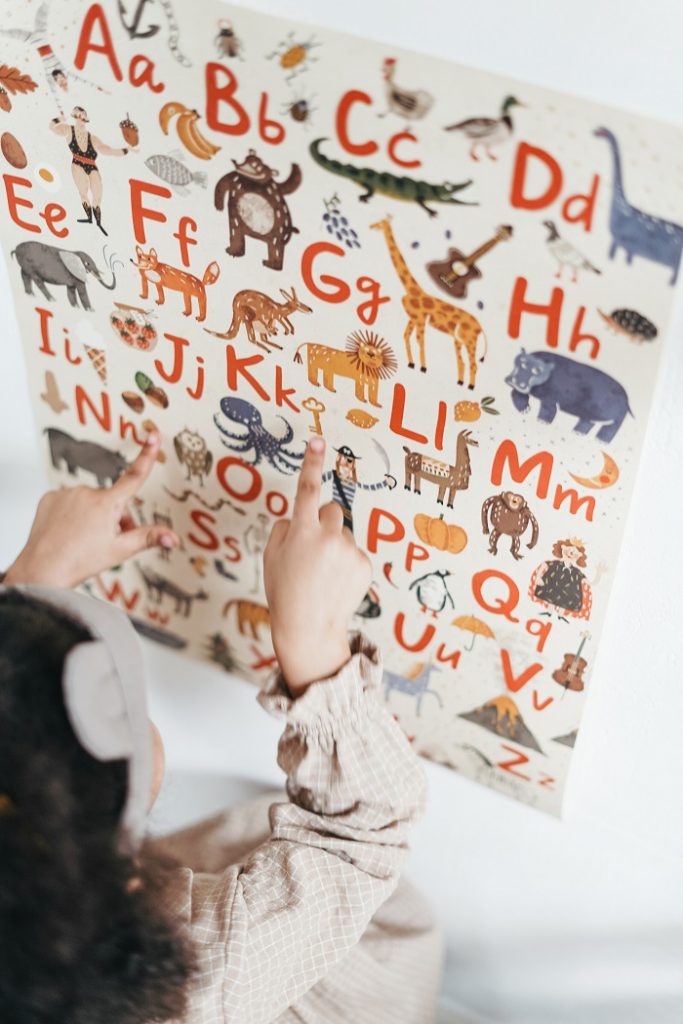Reading comprehension makes it necessary for you to recognize and comprehend the clusters of words in a smooth and effortless manner. It is an extensive process which comprises of word recognition, comprehension, fluency, and engagement. This article focuses on highlighting the process of reading with a discussion of three components of this process. It further draws an outline of how to apply this in practice.
Reading Comprehension is an active, planned, and interactive process that takes place before, during and after you read a certain piece of writing.
Reading comprehension has two components. The first component is knowledge of vocabulary. You must be able to know the vocabulary of the text. The second element is text comprehension, where you have to put together the vocabulary and different comprehension strategies to understand the text. Comprehension begins prior to you start the text and continues even after you have finished the reading. There are certain strategies you can use to increase comprehension.

What Reading is?
Reading is a cognitive process which involves decoding of various linguistic symbols to grasp the meaning. It is an active process regarding construction of word meaning. A purposeful reading helps you to follow a goal oriented approach towards the information. There may, of course, be a variety of reasons behind why you read, your primary goal of reading is to understand the text. Reading is a process that involves thinking process. It allows you to utilize what you already know—your prior knowledge. Similarly, reading makes you use, while you process the information, various techniques and strategies to comprehend what you read.
The process of reading comprehension involves the following steps:
1. Know or Determine the Purpose: Understand the purpose of reading before you start reading to be able to better decide how you should read.
2. Scan and Preview the Material: Then look over the reading material, read the table of contents, and note the main and sub-headings. Also look at the illustrations. This will enable you to know all about the reading material and important points necessary to be remembered.
3. Think While You Read: Read actively and with full concentration if you want to understand what you read. Also keep in mind the objective you want to achieve when you started reading. This helps to remember the important points.
4. Make Brief Notes: Underline or encircle some key words and phrases while you read. Make sure you make notes in a notebook to use for future reference.
5. Reread and Review: Reread or review the material if you find it important or difficult. However, a quick reading of your notes is often more than enough if the first reading is done carefully.

Understanding the Reading Process
Good readers understand the processes of reading and intentionally control them. This alertness and control of the reading processes is called meta-cognition, which means “knowing about knowing.” Some students don’t know that they don’t know. In other words they are not conscious of their not knowing or ignorance. They keep reading even though they do not understand what they read. Poor readers accept such confusion because they either do not recognize that it exists or do not know what to do about it. Poor readers pay attention to facts, whereas good readers try to adjust details into a bigger and greater cognitive pattern.
The bottom line is that reading and reading comprehension is an active process in which you construct meaning from a text. Because readers bring a variety of different experiences and knowledge to a reading experience, each reader comes up with and constructs a distinct interpretation of a text. Readers must be encouraged to take an active posture in their reading, asking questions and looking for points of agreement or disagreement with the author or the writer as they read. This active stance in reading is expedited when readers work together with other readers and discuss their distinct and different questions and interpretations of a book, or a document
Our Social Presence
https://web.facebook.com/ewriter29/
Relevant Post
https://www.ewriter29.com/skills/communication-skills/reading-skills/




If you delay your child’s reading skill development
until he or she enters school, you are putting your child at risk…